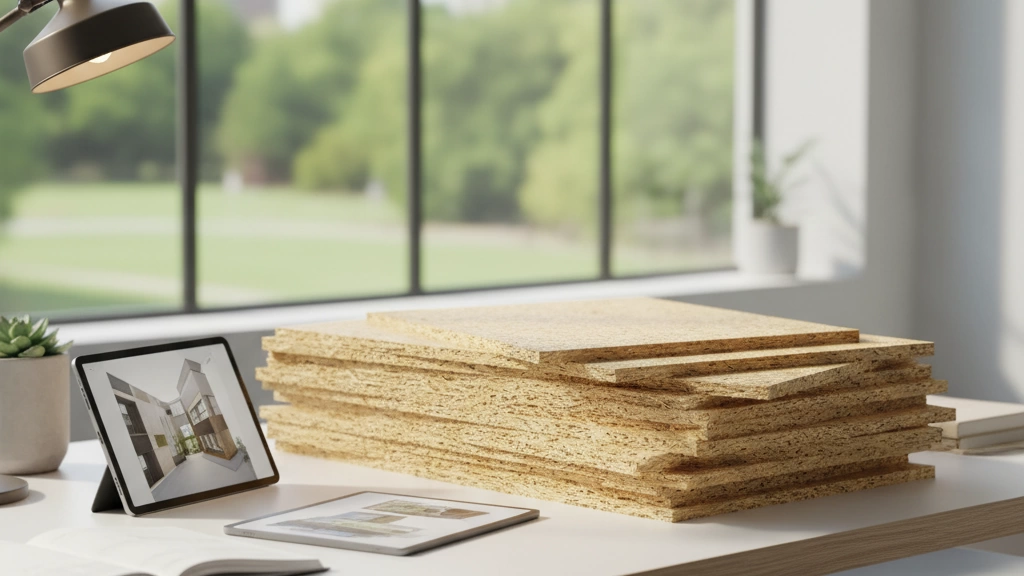How Wheat Straw Boards Turn Farm Waste into Durable Eco Kitchen Essentials
Understanding Wheat Straw: From Harvest to Waste Challenge
Every year, farmers harvest tons of wheat, but what happens to the leftover stalks—known as wheat straw? This fibrous byproduct, made mostly of cellulose and lignin, once fulfilled simple roles like animal bedding or mulch. However, much of it traditionally ends up burned or tossed aside, creating a serious waste challenge.
Burning wheat straw releases harmful methane and other pollutants into the atmosphere, contributing to air quality issues and climate change. Left to decompose untreated, it can produce methane—a potent greenhouse gas—even in landfills. Beyond environmental harm, this waste represents a missed chance for farmers to tap into new revenue streams that could boost their income.
Thankfully, U.S. sustainable farming programs now encourage reducing agricultural waste. These incentives push farmers to rethink wheat straw not as trash, but as an opportunity—turning what once was discarded into valuable resources that support greener practices and circular economy goals.
The Upcycling Process: Turning Wheat Straw into Durable Boards

The journey from farm waste to a high-performance cutting board starts right at the source. We collect wheat straw from local farms, making sure it’s clean and shredded properly. This step is crucial to transform the leftover stalks—normally just tossed or burned—into a useful raw material.
Next, the shredded straw is mixed with natural resins or bio-polymers. Using heat and pressure, this combo forms strong, durable boards that hold up well in everyday kitchen use. This method avoids harmful chemicals and synthetic glues, keeping the process eco-friendly.
For the finishing touches, the boards are cut and sanded smooth. We then add food-safe antimicrobial treatments—without any synthetic chemicals—to keep your cutting surface fresh and safe.
This process not only creates sturdy, renewable resource boards but also helps protect forests by reducing the need for wood products. Plus, by integrating bio-refining byproducts into the process, we’re making sustainable use of every part of the wheat straw. It’s a smart way to upcycle agricultural waste while supporting green manufacturing.
Environmental Wins: Driving a Greener Circular Economy
Wheat straw boards aren't just good for your kitchen—they’re great for the planet. By turning farm waste into useful products, we cut down on CO2 emissions and keep tons of waste out of landfills. Each board helps reduce greenhouse gases, mostly methane, that come from straw left to rot or burned in fields.
Here’s how wheat straw boards make an impact:
| Benefit | Wheat Straw Boards | Plastic Boards | Wood Boards |
|---|---|---|---|
| CO2 Emissions Reduction | High (waste diversion) | Low | Medium |
| Landfill Waste Avoidance | Significant | Minimal | Moderate |
| Water Use | Low | High | High |
| Energy Consumption | Moderate | High | High |
| Recyclability & Compostability | Yes (biodegradable) | No | Yes (but slower) |
Beyond environmental benefits, wheat straw boards support rural economies. By partnering with local farmers to collect straw, we create additional income for growers while promoting better soil health practices. Leaving straw in the soil or using it smartly helps keep farmland fertile, reducing the need for chemical fertilizers.
Switching to wheat straw boards means choosing a product that’s renewable, upcycled, and designed with circular economy materials to close the loop on farm waste. This makes a real difference compared to plastic or traditional wood boards often linked to deforestation and pollution.
Practical Value in Your Kitchen: Durability Meets Daily Use

Wheat straw boards bring real value to your kitchen with practical features designed for everyday use. They're lightweight, making them easy to handle and store. The surface is knife-friendly, so your blades stay sharper longer without dulling fast like on harder surfaces. Plus, these boards resist odors and stains naturally, thanks to the antibacterial properties of wheat straw—no need for harsh chemicals to keep things clean.
Here's a quick look at the pros and cons:
Pros:
- Affordable compared to many hardwood boards
- Compostable and biodegradable at the end of their life
- Lightweight for easy use and storage
- Naturally antibacterial and odor-resistant surface
- Durable enough for daily chopping and cutting
Cons:
- Slightly higher upfront cost than basic plastic boards
- Not as heavy or solid-feeling as traditional wood (but that's a tradeoff for portability)
In daily use, wheat straw boards shine for everything from prepping veggies to slicing meat. They clean easily with soap and water, and many users appreciate that they don't retain smells or stains after use. People looking for sustainable kitchen picks often mention feeling good about reducing plastic waste without giving up quality or convenience.
Overall, wheat straw boards offer an eco-friendly, durable, and practical alternative to conventional cutting boards—fitting perfectly into the modern, green-conscious American kitchen.
Economic and Community Ripple Effects: Value Beyond the Board
Wheat straw boards do more than just keep your kitchen eco-friendly—they create real economic benefits, especially for small-scale U.S. farmers. Thanks to buy-back programs, farmers get fair prices for their leftover wheat straw, turning what was once waste into steady income. This not only supports rural communities but also encourages sustainable farming practices.
For consumers, these boards offer 20-30% lower lifecycle costs compared to traditional wood or plastic cutting boards. On top of that, many products come with carbon offset incentives, making your purchase even greener and more cost-effective over time.
Looking ahead, the future is bright for wheat straw upcycling. Companies like Chopaid are leading the charge in expanding wheat straw into more home goods, driving innovation that blends eco-friendly design with practical use—helping turn agricultural waste into everyday value for everyone.


